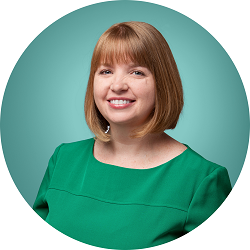
This post is from Rachel Clemens, the Chief Marketing Officer at Mighty Citizen. Rachel is a nonprofit content pro—if you’re looking for ways to get the most out of your content, you’re going to love this article! This article was originally published by Mighty Citizen.
Here’s a little secret: The content you’re already publishing can work so much harder for you. That’s right! The same content you work so hard to produce for your organization can be doing even more than it is now. It can drive more traffic. It can solicit more reactions. It can start more conversations. You just have to think about it differently.
First up, it’s important to understand what I mean by “content.” Everything is content. The stories you tell are content. Your tools and resources are content. And of course, your website is content. But so are direct mail, SEO, display ads, polls, infographics, memes, voicemail messages, events, press releases…it’s all content!
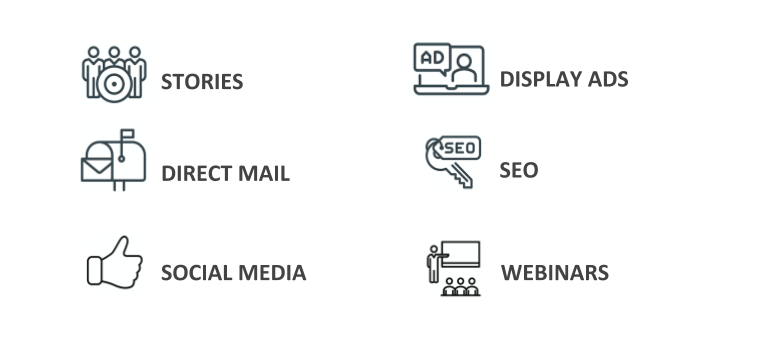
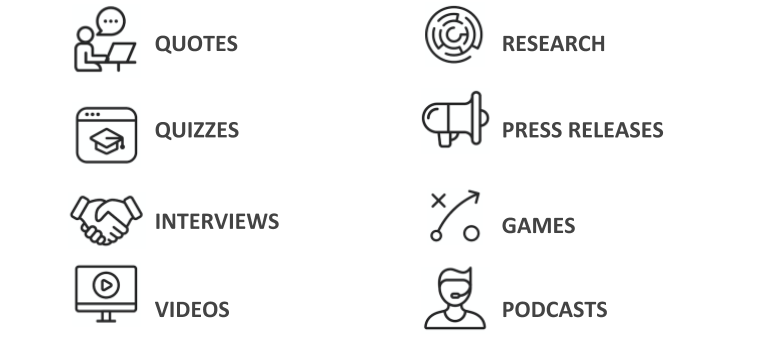
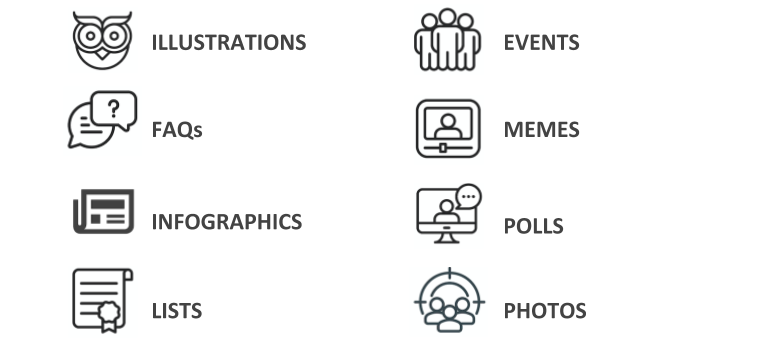
This likely feels overwhelming to you, dear reader. There are so many content types and you’re already working so hard to create engaging content. How could you possibly do more?
The great news is: you don’t have to. You can take the content you have today and make it work harder for you. You can begin creating content with efficiency in mind.
Allow me to introduce you to the “pyramid approach.”
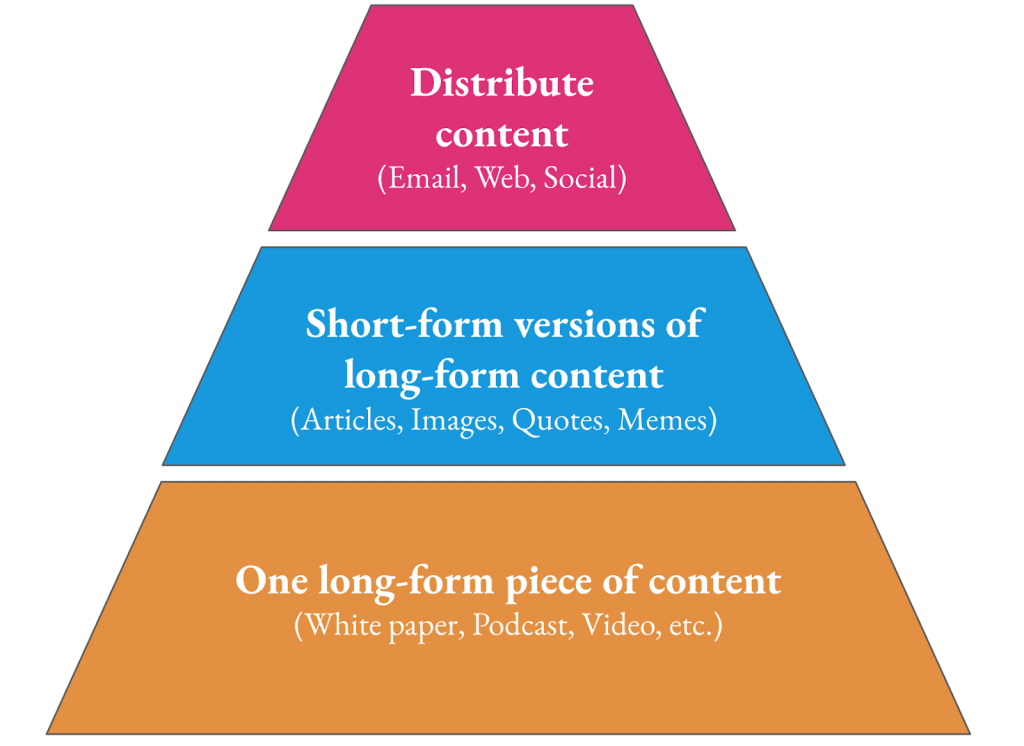
This technique is borrowed from content guru Gary Vaynerchuk. The idea is to focus on the creation of big pieces of long-form content, and then slice and dice that content into smaller pieces. On the bottom, you have your long-form content. This is content that takes a significant amount of time to create: research papers, podcasts, webinars, etc. In the middle, you have short-form versions of this long-form content: blog articles, images, quotes, etc. At the top of the pyramid, you have your methods for distribution: email, social, web, etc.
To bring it all together in an example, your organization might create a 45-minute webinar. You’d then create 3-4 blog articles from that webinar content and share those articles on your website and through an email digest. You could also take images, quotes, stats, etc from that webinar and share those on social. In this way, you are moving up the pyramid and creating “efficient” content.
Let’s break it down further:
The Bottom of the Pyramid: Long-Form Content
Your long-form content exists to be partitioned into shorter content later. It’s not posted frequently, and the middle and top layers of the pyramid depend on this content. The content here should be your bread and butter—the cornerstone content that tells the world what you’re about, how you think, and why you matter. By deriving shorter-form content from the bottom of the pyramid, you create a linear content strategy where the same themes and ideas are present throughout your marketing, however, the content types are different.
Examples of long-form content include videos, presentations, research studies, whitepapers, and podcasts. Here, the consumer has the expectation that they will be committing time to engage with your content (and your brand) and that it will be highly valuable. This is often the kind of content you find behind a form where the user has to share their contact information in order to obtain it. At Mighty Citizen, an example of long-form content would be our Storytelling for Impact on-demand webinar.
The Middle of the Pyramid: Short-Form Content
Again, this short-form content comes from your long-form content. Remember, this is content optimized for platforms where they will be seen, digested, and perform best. We’re meeting our audiences where they’re at with appropriate, non-commital content (this content is usually accessible by the public without the exchange of contact information).
Short-form content includes your articles, images, quotes, memes, etc. This content should reference your long-form content without getting into the weeds. It should pique enough interest to drive people to the long-form content it came from. More importantly, it should isolate themes, stories, or concepts that you want to put in front of your audiences on a consistent basis.
At Mighty Citizen, an example of short-form content would be our landing page and articles around Nonprofit Storytelling. These articles are derived from our Storytelling for Impact webinar noted above.
The Top of the Pyramid: Distribution
Think about all the channels you use for your content marketing. At a minimum, you should be distributing your content via email, your website, and social media. You should be distributing both your long-form, cornerstone content and your short-form content. How you do so is what locks in the strategy behind the pyramid approach. Again, short-form content (like articles) should drive engagement to the long-form content it references.
By focusing on structuring your content by both type and how it’s distributed, you can drastically increase engagement with your audiences and drive more visitors to your brand.
Using our previous example of long-form and short-form content, Mighty Citizen shared our Storytelling for Impact on-demand webinar and our Nonprofit Storytelling landing page via our monthly email digest, through organic and paid social posts, and via a special hot-off-the-press email send.
If you’re already putting time into creating content, you may as well go the extra mile to optimize it. By implementing a content strategy like the pyramid approach, your content stays organized and your messaging stays consistent. After a while, you’ll wonder why you published content any other way!
About the Author
Rachel Clemens builds things. First, she built a career as a designer – working for some of the most recognizable names in advertising, including stints in London and Australia. Then, she returned to Austin, Texas and built Creative Suitcase – her own strategic communications firm. Over the next 11 years, Creative Suitcase helped organizations like United Way, Habitat for Humanity, The University of Texas, and countless others, raise money and awareness to improve their communities. In late 2016, Creative Suitcase merged with TradeMark Media, and together they became Mighty Citizen. As the Chief Marketing Officer, Rachel splits her days between promoting Mighty Citizen’s digital and marketing services and working directly with nonprofit clients on their branding, marketing, and campaigns. She is also a frequent speaker at local and national conferences and events.


